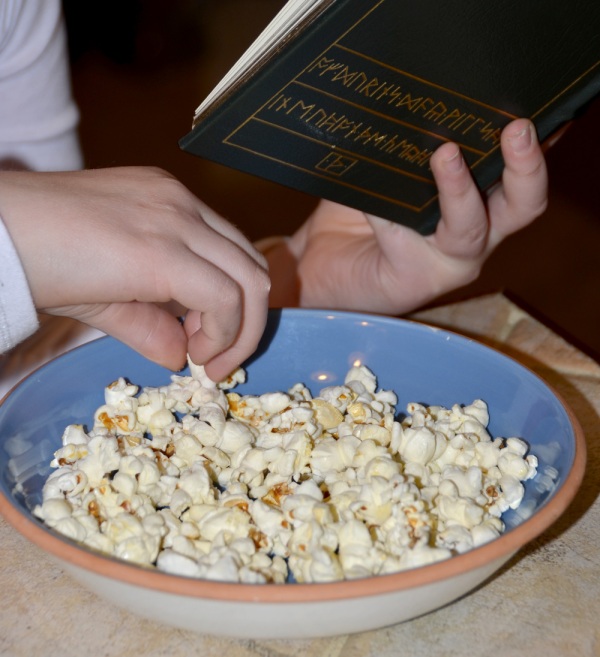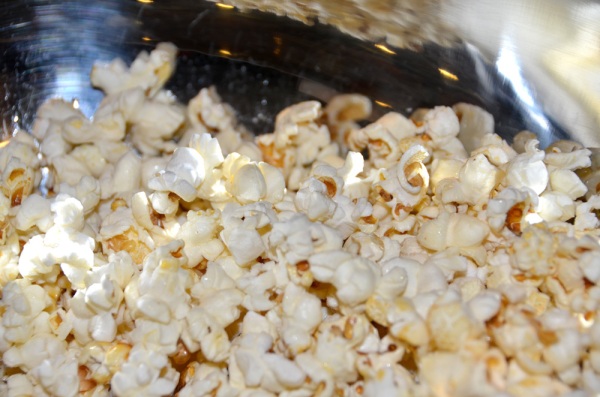-----
Here are the supplies that you need:
1/2 yard of fabric (cotton, flannel, etc - any would work)
~ 10 1/2 cups of flax seeds (or buckwheat or rice)
~ 7 tablespoons of dried lavender (or dried chamomile) -- this is optional
Go here to get the pattern that I drew out. It should fit on two 8.5 x 11 sheets. You'll see two dashes on page 2, that's where the first page should line up with the second page.
Step 1: Cut 2 pieces from the pattern from the 1/2 yard of fabric
Here I used Flower Bed Blush from Art Gallery Fabrics' Coquette collection
Step 2: Line up the two pieces with right sides together and sew all the way around until you get to one side of the C-shape.
Leave about 2 1/2" inches open on one end.
Step 3: Turn the right side out. I would mix 1 1/2 cup with 1 tablespoon of dried lavender.
Step 4: Pour the 1 1/2 cup in the C-shape, then I'd pin the flax fabric to keep the flax seeds in place. It helps to have a funnel.
Step 5: Stitch the along the pins, you want the flax seeds to have some room so it's not so bulky and it would sit on your shoulder better than a big chunk of seeds in one spot. In the picture below, I had the pins pretty close to the flax seeds, then I'd stitch to where the foot would barely touch the pins giving the flax seeds room after it's stitched.
Step 6: After your last flax seed fill for the pillow, close the 2.5" opening by turning a little bit of the opening fabric in.
That's it! Heat it up in the microwave or put it in the freezer. Don't just leave it in your microwave and walk off! Heat it 15-20 seconds to see if that's the warmth you like... and repeat if you want it warmer. It may be too hot to handle if you toss it in for too long! And I don't want anything to happen to you if that happens!
Now here are some things that I did that you may or may not want to do.
Because flax seeds look like bugs, and I'm not a fan of bugs. If I see one, I'm spraying the house or calling the exterminator!
So, I zig-zag after stitching in Step 2 in case any flax seeds decides to escape, and I freak out because it looks like a bug! You could probably see the zig-zag stitching in the picture. This is totally up to you, you can go back and stitch zig zag if you want.
If you do not want to worry about the pins on keeping the flax seeds in place and stitch 7 times and just leave the flax seeds loose, you can. I did it because it keeps the flax seeds where you want it, it evenly distributes the heat on your shoulders. That is also optional.
Make this for you and what works best for you!
Let me know how it goes! :)





















































